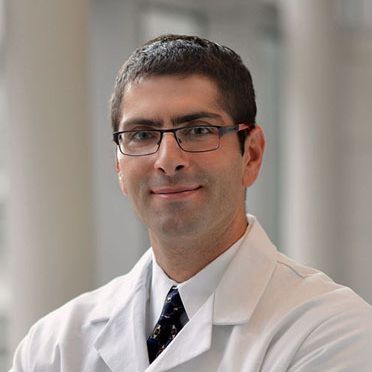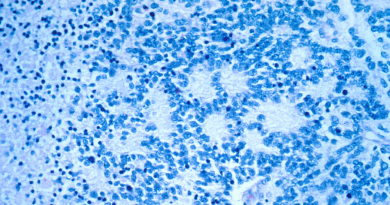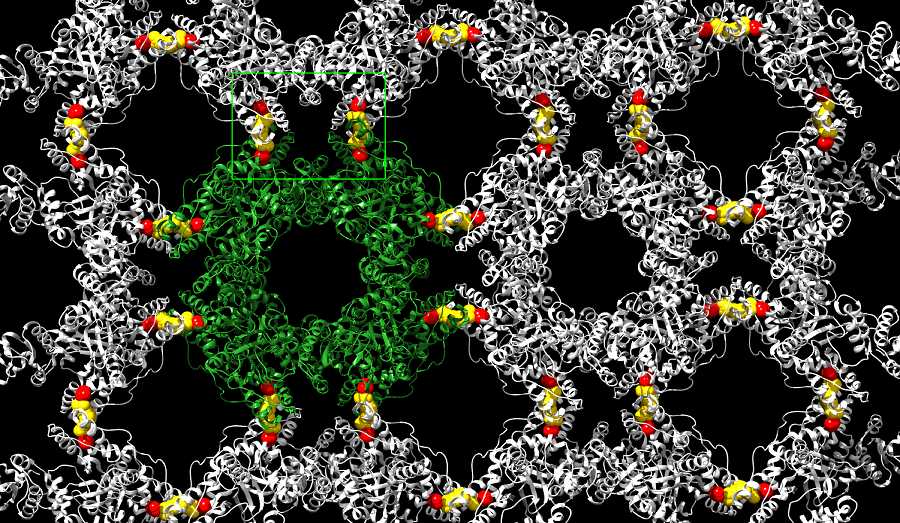Post-operative outcomes in the VA improved in the last 15 years
The Veterans Health Administration is the largest integrated health system in the US providing care for nearly 9 million veterans. In a recent past, the quality of care the VA provides to veterans was under scrutiny and this motivated a group of surgeon-researchers at the Michael E. DeBakey VA Medical Center, Baylor College of Medicine and the VA Pittsburgh Health System to evaluate post-operative outcomes in the VA at a national level.
“When I was considering doing this study, which was not long after all the adverse attention paid to the VA in the press, I suspected the data would demonstrate what many of us who work in the VA already know — that veterans receive excellent care and the VA continues to find ways to improve on the outstanding care it provides,” said first author Dr. Nader Massarweh, an assistant professor of surgery at Baylor and the Michael E. DeBakey VA Medical Center.
VASQIP, a role model
Since the 1980s the VA has invested in the development of systems to monitor and improve the quality of surgical care provided at its institutions. The VA Surgical Quality Improvement Program (VASQIP) was implemented in the 1990s with the purpose of helping VA hospitals improve their performance. Since that time, VASQIP has collected clinical data from all VA institutions where major surgery is performed and its implementation has resulted in significant improvements in perioperative outcomes across the VA.
“The way VASQIP works is that clinically important data from surgical cases performed in the VA are collected and then analyzed by the VA National Surgery Office. Each hospital then receives a summary report about their outcomes compared with their own past performance as well as that at other VA hospitals,” said Massarweh. “That gives each hospital important information on whether they are doing well or whether they need to critically evaluate the surgical care they are providing to veterans at their facility and look for ways to improve.”
VASQIP has been in place for more than 20 years and been so successful that the American College of Surgeons developed a version for the private sector – ACS NSQIP – to do many of the same things.
This effort was recently recognized as an important component of quality improvement initiatives in the private sector.

“However, many people forget the VA developed the original version of this approach to surgical quality improvement and that VASQIP was a template for ACS NSQIP,” said Massarweh.
VA Surgical outcomes have improved in the last 15 years
“In our current paper (JAMA Surgery), we used data from VASQIP to study post-operative outcomes in the VA over the last 15 years by retrospectively analyzing complication and failure to rescue rates among 704,901 non-cardiac surgical patients treated in 143 VA hospitals,” said Massarweh. “We found that, compared with 15 years ago, the current risk of mortality and failure to rescue is significantly lower by about 40 to 50 percent.”
“The main thing I would like readers to take away from this study is that despite the problems the VA has faced, there is a lot the VA is doing to ensure it provides the high-quality health care our nation’s veterans deserve while still working to improve the current system.”
“We’ve shown that the VA continues to make the most of the resources it has at its disposal to improve the quality of care it provides to veterans,” said Massarweh.
###
Other contributors to this work include Dr. Panagiotis Kougias at Baylor and the Michael E. DeBakey VA Medical Center, and Dr. Mark Wilson at the VA Pittsburgh Healthcare System.
This work was supported by the Department of Veterans Affairs, Veterans Health Administration, Office of Research and Development, and the Center for Innovations in Quality, Effectiveness and Safety (CIN 13-413) as well as a Michael E DeBakey VA Medical Center seed grant (NNM).
The funding body played no part in the design and/or conduct of this study, had no access to the data or a role in data collection, management, analysis, or interpretation, and had no role in preparation, review or approval of the manuscript.




